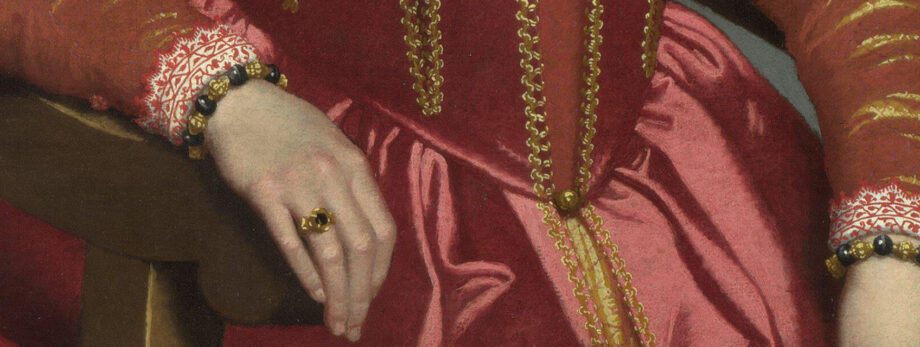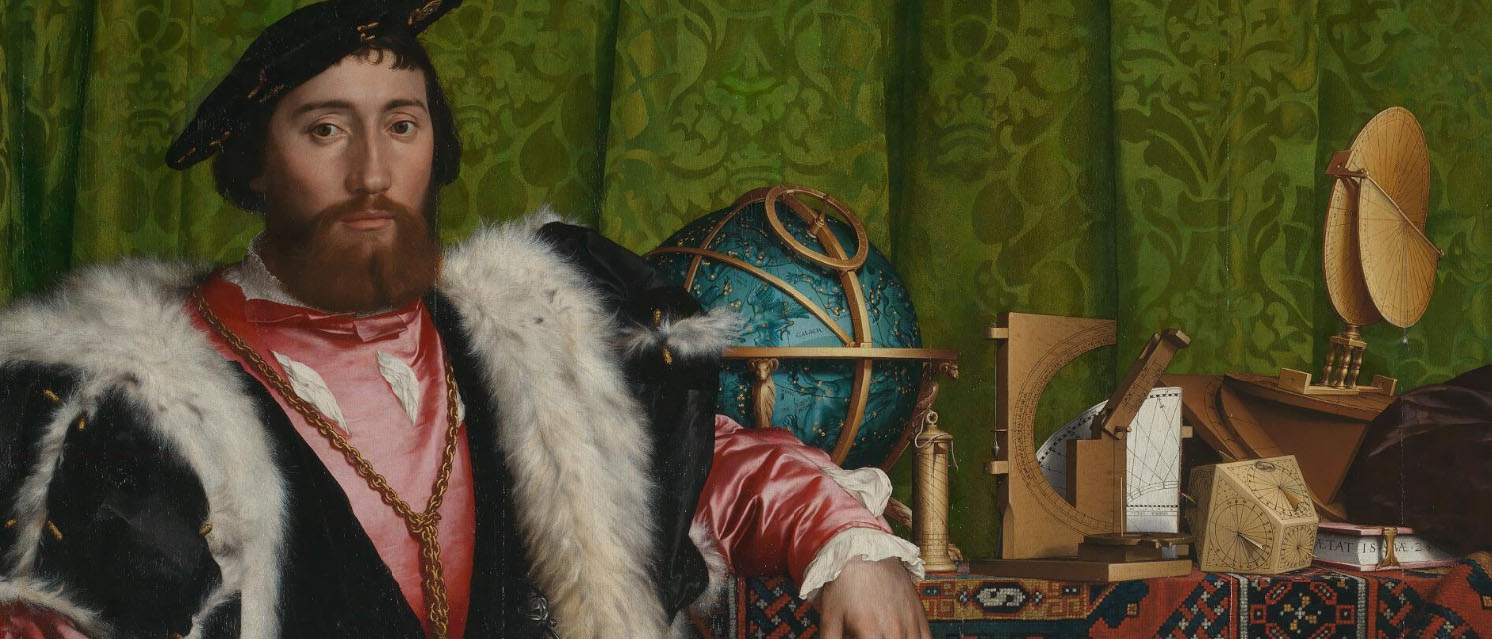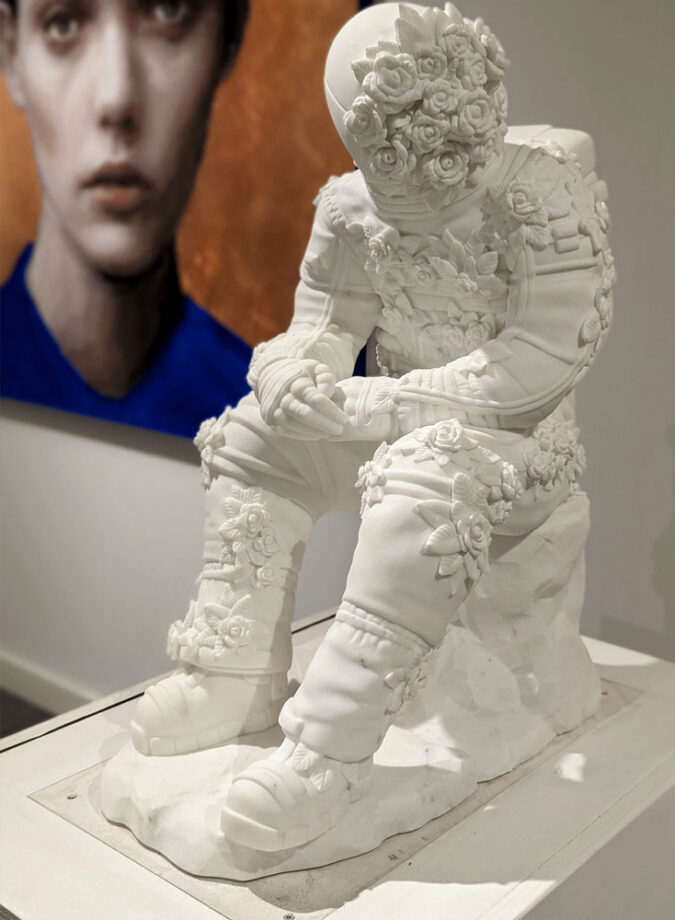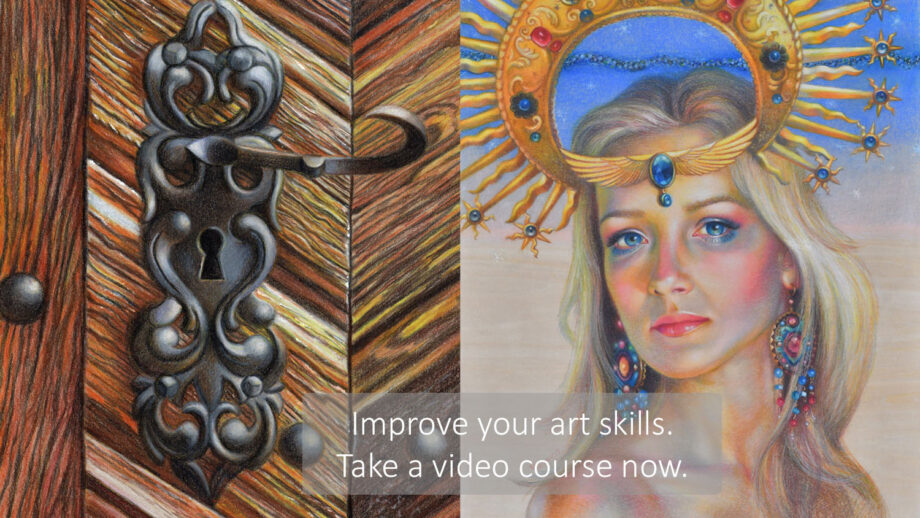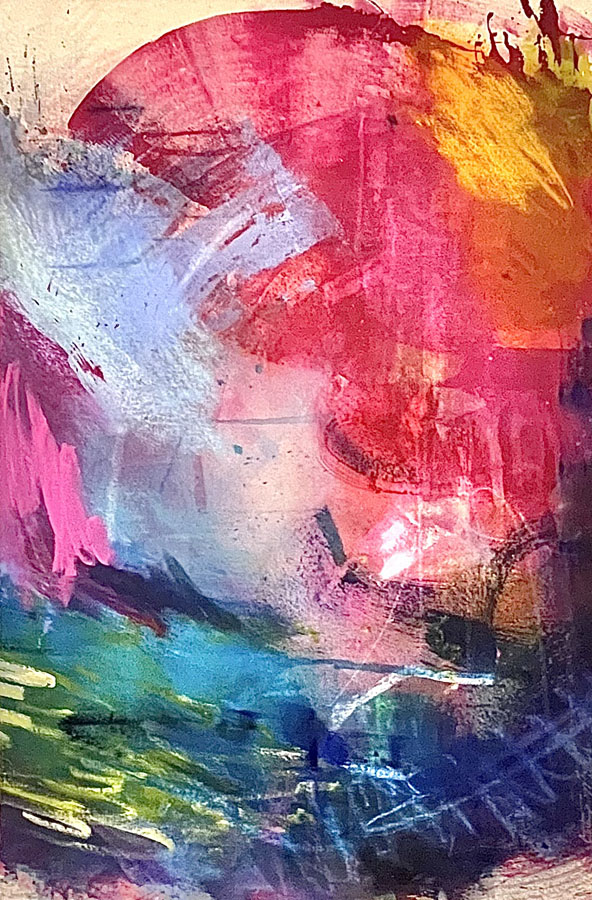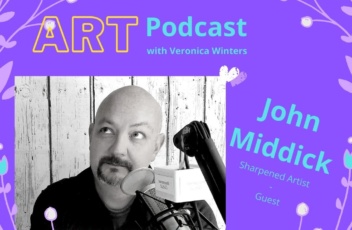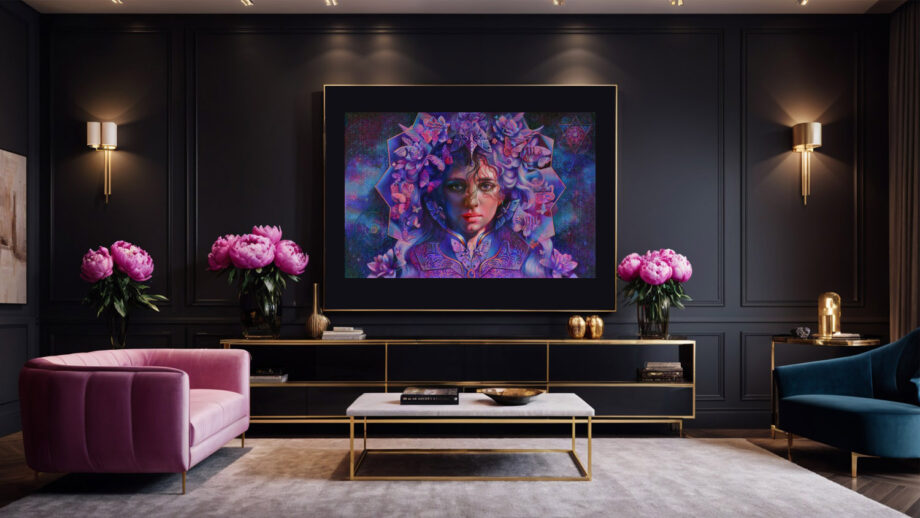
After all the hard work you’ve done to create your website, you as an artist and creative soon realize that no one visits your art gallery unless you give your web address to your prospects. Bringing traffic to your art site is a must-have, but how do you stand out from a crowd of millions of websites?
While almost every artist obsesses over Instagram following as their art marketing strategy, few creatives consider the power of Google search. Yet, it’s the number one search engine that can bring you considerable traffic and a much higher ranking of your site over time. There is no free lunch as you have to put lots of hours, days, and weeks into your unique blog creation. However, when it all kicks in, you’ll be amazed with your results. Your blog can become very popular and have lots of organic traffic to it.
Here, I’ll share some savvy business strategies with you to generate more traffic to your website and art. These ideas didn’t fall from the sky to me. It was a lot of wasted money, sleep, and useless courses. However, I developed a workflow that brings me results because I made a ton of mistakes. Here is my secret about art marketing strategy no one talks about.
#1 Combine unique idea and trends
My posts combine 3 things: my expertise+searchable keywords+unique perspective+my images.
You need to come up with a unique spin on a topic that’s searchable. To do my research for content ideas and keywords, I use two unbelievably powerful tools, Ubersuggest and Answer the Public.
Ubersuggest shows not only popular keywords, but also gives me other blog ideas I could explore. It shows my website rank and the pages or issues I must fix to get higher ranking over time. It shows domain authority, and organic monthly traffic to any site you enter into this program! Another tool I use once in a while is “Answer the Public”. I learned a lot about SEO generation from free content posted by Neil Patel, and these are his tools. (They are both free and paid options to use the tools).
To get the most out of your blog post in terms of traffic, you need to leverage trends. I rarely do it myself because I focus on my interests, but if you find a trend that matches your passion, then you can potentially do well. One of my trending articles was about Leonardo da Vinci when his painting emerged as lost Leonardo. I had a lot of traffic to my article. However, this traffic isn’t consistent and it can decline if I don’t update the article once in a while or the trend disappears altogether.
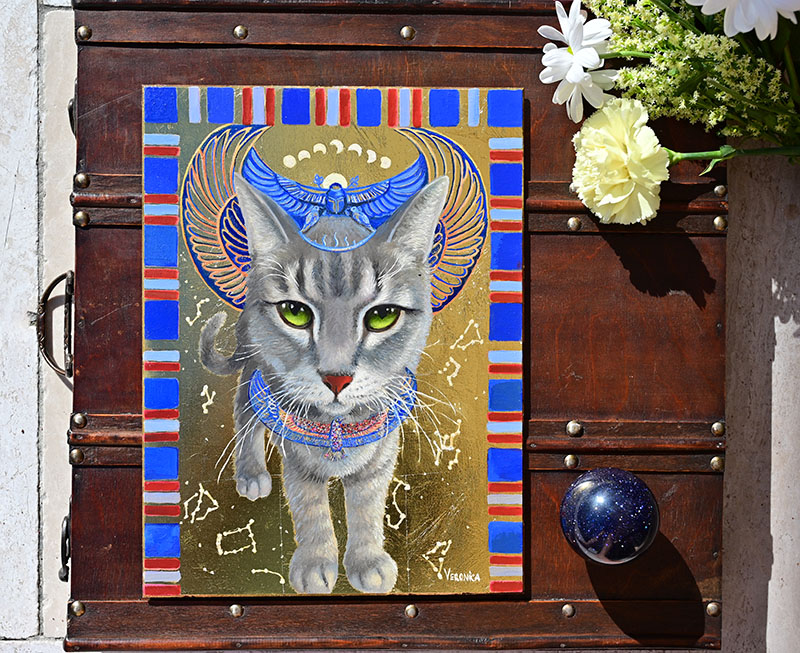
#2 Use headlines with keywords
Pay attention to click bait headlines you see online to give you ideas about topic and headline generation. Magazines are good at this. It’s important to come up with a clickable headline that has specific keywords in it. You can also use a service for title generation like Vidiq
The subheadings must make sense with keywords to have a flow and clean article design. I often struggle with this part myself and tend to change some of my headlines over time.
Also, organize your content into sections from the start. So when you write, you create a useful article with specific sections (with keywords). I often think of the usefulness of the article and if I want to read it or not. Many sites write AI-generated, averaged content that’s useless and lacks personal experiences, but it’s our experiences that make us stand out from the crowd. However, if you truly struggle with content generation ideas and need help writing your articles, some AI tools for copy can help you. My advice is to be more precise with your prompts to generate good quality ideas.
#3 Update your blog post!
Update your posts every half a year. Consolidate small content pages into one solid article and delete all other useless posts because it confuses the Google search crawler. It’s better to have a few well-written, unique articles instead of having 100 pages of useless content. When you update your posts, it gives Google fresh content to crawl and include into its new search results. The example is this consolidated article I wrote about the colored pencil drawing.
#4 Optimize your images
Images must be named with a keyword or description of the image. Don’t name them ‘flat123.jpg’ because Google often can’t classify this.
Also, images must be optimized for fast download speed. I usually edit them to 700-800px for web use.
#5 Links generation & placement ideas
In art marketing, link placement is important. You need to reference some top sites with links to them. Wikipedia ranks high in search results because of all the links they get to and from them, not the content. For example, you can write about an artwork and place the link to a museum’s site.
However, what’s even more important is to have external links going back to your site! It often happens naturally because you write such awesome content that people reference your site in their writing. That’s the general idea behind it. Otherwise, link placement is quite difficult these days, and when the websites get higher ranking they won’t place a free link. Businesses often pay for link placement to bring their websites higher in search results and Google ranking. This is one unexpected side of the business I have. I have requests from businesses to place their links on my site.
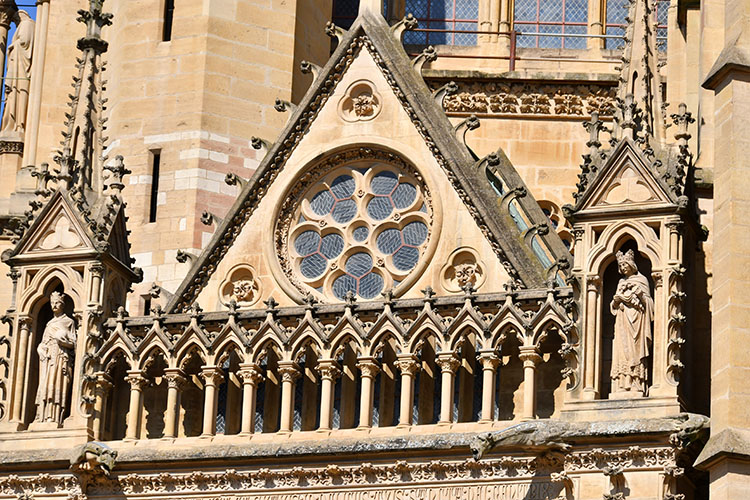
#6 How some blog posts become popular
Some of my most popular posts are very long and others are quite short. I think that when I write unique content ideas that interest me and don’t have much written content about it on the internet, like the symbols of transformation in art. It gets pushed higher in the search results. I update these articles quite often, adding new information whenever I have it. Popular niche topics like ‘colored pencil drawing’ have a lot of content written already. So to compete with all that content I have to create a much more extensive post about the colored pencil drawing.
Besides writing art instruction articles, like this one https://veronicasart.com/what-is-positive-and-negative-space-in-drawing/ I also love to write about art history and travel. One of my trending articles is about paintings of angels throughout art history. The article combines my two interests that are recorded in this popular blog post.
#7 Leverage other search engines
Finally, you can combine the power of Google search with two other powerful platforms, YouTube and Pinterest search engines. Post searchable content there and pin your images with direct links to your site to see even more traffic flowing to your art website! You need to post on both platforms consistently, especially on Pinterest. Pinning unique content from other cool sites benefits your account. It’s not just about pinning your content. I pin 75-80% of art content I love from other websites. This strategy grows your following on Pinterest. How cool is that?
I must add that Pinterest has implemented a new policy recently that strikes and bans art content that has nudes in them, including some classical art! I must say it’s annoying because if you want to close someone’s eyes on classical nudes, then adjust your algorithm not to show it to children under 18. Yet, the company prefers to punish everyone else with this. So don’t pin the nudes to keep your Pinterest account happy.
#8 Don’t miss this final step!
Your final step is to catch your incoming traffic to your art website by collecting emails or directing them to your art shop at the end of the article, or giving them a free download or discount, or perhaps to sell a low-price item that they would enjoy owning from you. 🙂
Selling art is about cultivating personal relationships with people. So, whenever you have a person interested in your art, try to develop a genuine relationship. Give him or her a call and stay in touch via email and phone. This is where most creatives fall out of a wagon, but this step is crucial to your success in art sales and beyond!
In conclusion, I hope you found these art marketing tips useful. If so, I’m very glad because I hate wasting my time and yours writing useless content! It does take time to write good content, in which you are an expert or have proficiency to distinguish yourself from others. You also need to enjoy this task and find your flow to create beautiful and searchable content that stays above everything else.
Check out:
You can find my visionary art | Instagram | YouTube


